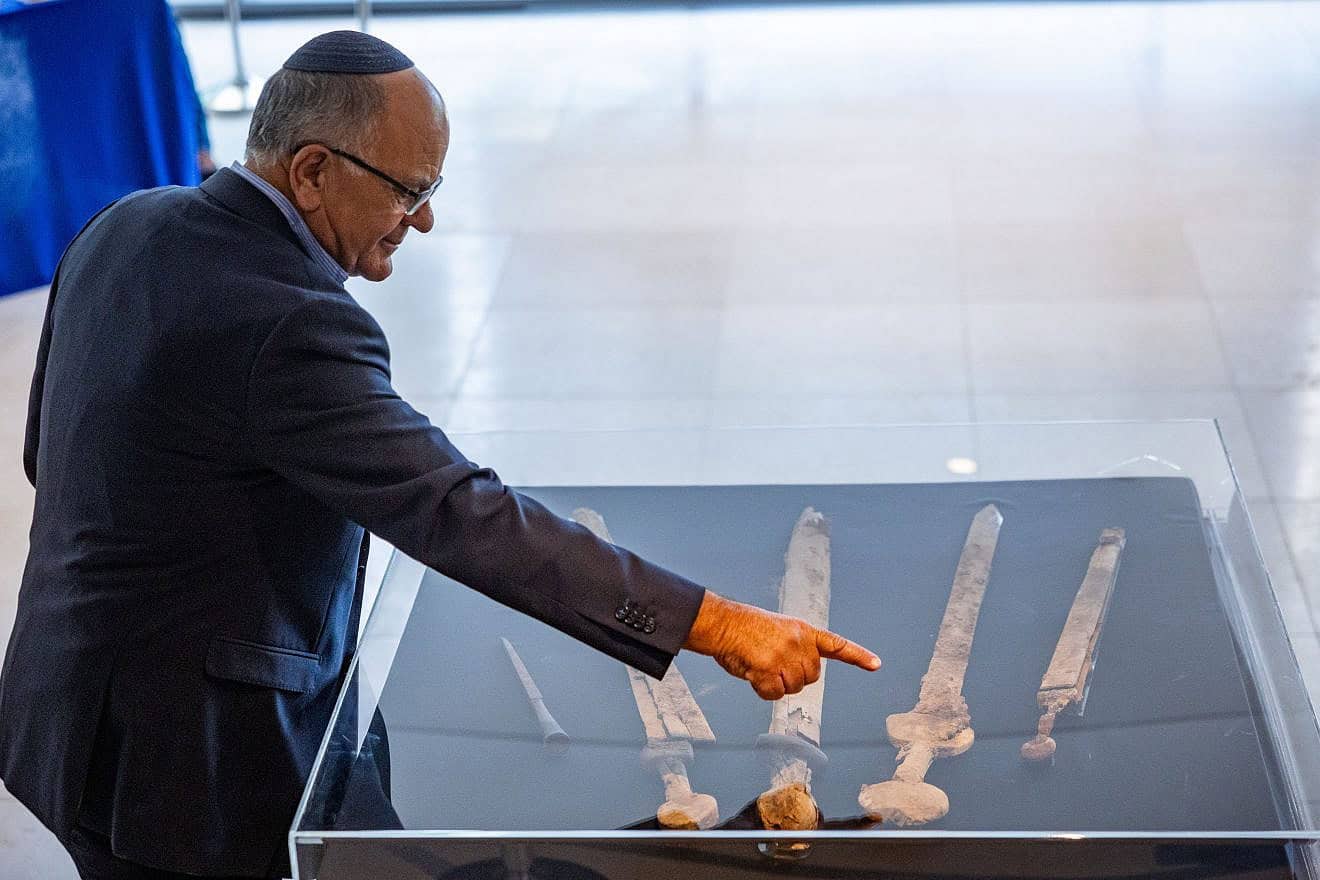Israeli archaeologists in Jerusalem recently found a 2,000-year-old clay token that was used in connection with offerings at the Second Temple in Jerusalem. The four-inch token may seem small, but it’s actually a very big deal for Zionism and the Jewish people.
The token is the latest important finding by the Temple Mount Sifting Project, a group of archaeologists who for the past 20 years have been digging through tons of debris dumped outside Jerusalem’s city walls by the Islamic authorities who control the mosques on the Temple Mount.
For many years, in blatant disregard for the sanctity of the historical remains on the Temple Mount—the holiest site in Judaism—the Islamic officials have been carrying on renovations and then dumping the debris as if it was garbage.
The Islamic authorities have never wanted to draw attention to what their bulldozers uncover. And for good reason—because every piece of the past that is dug up reconfirms the thousands of years of Jewish history in the Holy Land.
By contrast, the archaeological findings from the Temple Mount are a reminder of how recent (and weak) the Arab connection to the country really is. The clay token that was just found there doesn’t contain any reference to “Palestine.” It doesn’t have any drawings of “Palestinian” kings or queens, or indigenous holidays, or ancient symbols. Because there aren’t any such things.
The clay token relates to the practices of religious pilgrims—that is, Jewish religious pilgrims—who came to the Temple in Jerusalem during biblical times. They came there because Jerusalem was always the center of Jewish religious and national life, and never the center of Arab or Muslim religious or national life, even during the years it was occupied by Muslim Arab regimes.
It was fitting that the token was discovered shortly before Passover because it is one of the three holidays—Jewish holidays, not “Palestinian” holidays—each year when Jews from around the country would bring their offerings to the Holy Temple, or Beit Hamikdash, in Jerusalem.
Since it was impractical for these Jewish pilgrims to bring with them all the religiously required items, they would purchase the tokens and then exchange them for the items needed for the Temple offerings. Nowadays, in the absence of a rebuilt national Temple in Jerusalem, descriptions of the offerings are included in the prayers that Jews around the world recite on those three holidays.
The tokens are specifically mentioned in the Talmud because they were a part of Jewish religious life in Jerusalem. Not Muslim life. Not “Palestinian” life. Jewish life.
The archaeologists of the Temple Mount Sifting Project have during the past two decades uncovered several thousand items related to the biblical period. And not one of them refers to “Palestinians.” Isn’t that interesting?
Now you can see why the Islamic religious authorities were treating the materials as garbage. Every scoop of dirt has the potential to reveal further evidence that the rightful owners of Jerusalem and the Land of Israel are the Jewish people.
Moreover, the Jewish holidays—every one of them—are inextricably bound to the Holy Temple and the Temple Mount. Islam cannot say the same thing. The seder night is replete with examples of this concentration of Judaism on the Temple and the reason Jews recite “Next year in Jerusalem” both at the close of the seder and at the close of the fall holiday of Yom Kippur.
Fortunately, the archaeologists of the Temple Mount Sifting Project have stepped in to rescue Jewish national history. Their work is sacred work in the truest sense. They are not only achieving the high scientific purpose of archaeology; they are demonstrating, every day, the deep roots of the Jewish people in the Holy Land. Not because they set out to achieve that goal, but simply because that’s what the evidence shows.


























